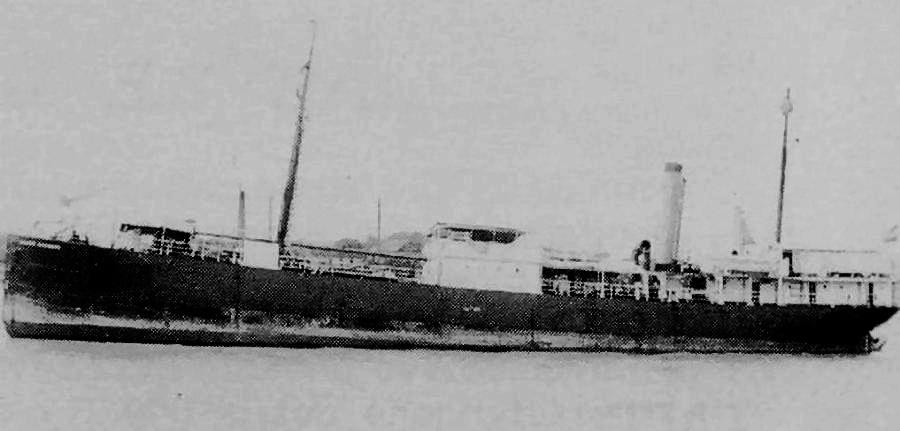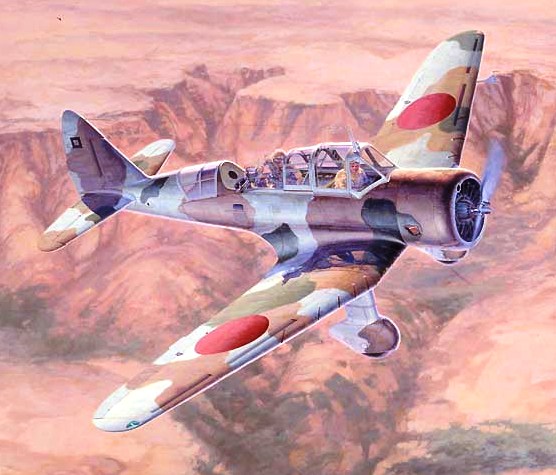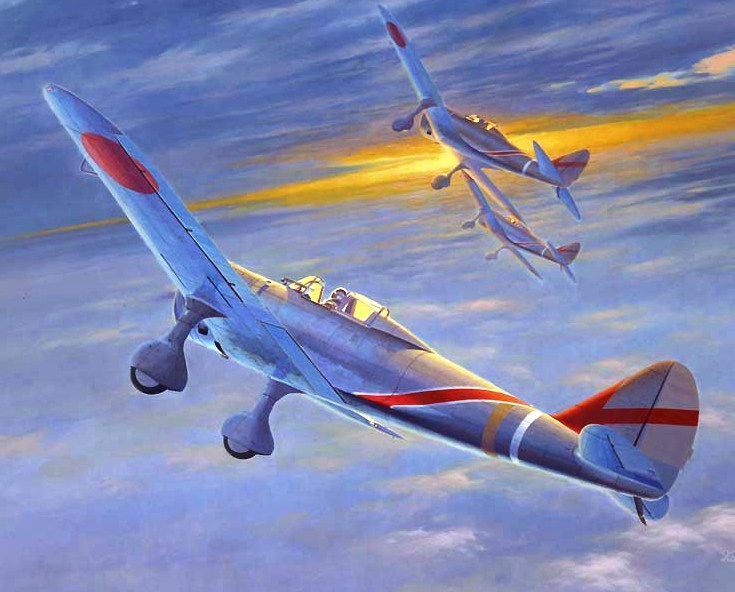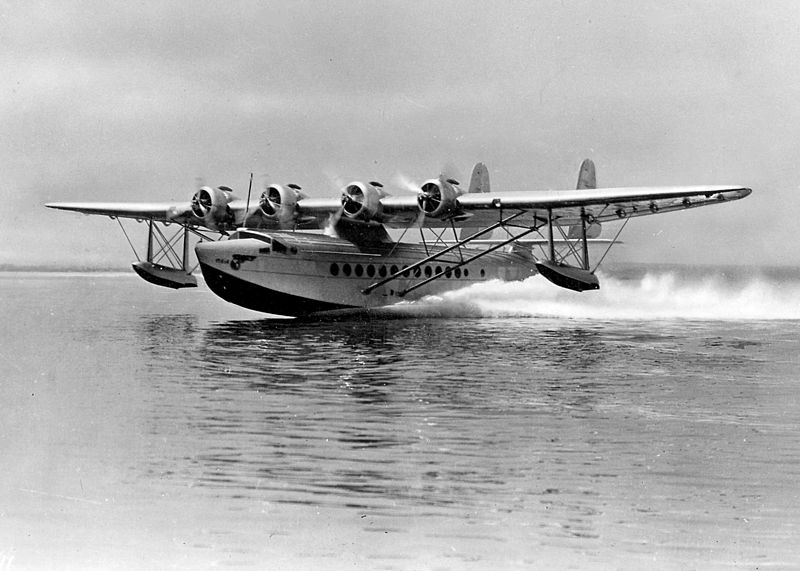RIKUGUN YUSOSEN!
 (Prewar Dutch tanker SABINE RICKMERS, later SUMATRA, and GYORYU MARU)
(Prewar Dutch tanker SABINE RICKMERS, later SUMATRA, and GYORYU MARU)
GYORYU MARU:
Tabular Record of Movement
© 2011-2016 Bob Hackett and Erich Muehlthaler
E 1893:
Bremerhaven, Germany. Laid down at Rickmers Act. Geestemünde
as Yard No. 88, a 1,026-ton steam tanker for
Rickmers Reismühlen, Rhederei und Schiffbau A.G. (Rickmers Line), Bremerhaven.
E 1894:
Launched and named SABINE RICKMERS.
23 October 1894:
Completed and delivered to owners. Assigned call sign QFWH.
17 February 1898:
Sold to Shell Transport & Trading Co. Ltd. (M. Samuel & Co.) and registered at Hong Kong with British ON 107024,
call sign PVNC, port of registry Hong Kong.
1903:
Sold to Asiatic Petroleum Co. Fitted for oil fuel.
1907:
Transferred to N.V. Nederlandsch-Indische Tankstoomboot Maatschappij, Batavia (managers Anglo Saxon Petroleum Co. Ltd., London), port of registry Batavia, call sign THJP, now 950grt.
1912:
Managers deleted and C/o Koninklijke Nederlandsche Maatschappij tot Exploitatie voor Petroleum Bronnen in Nederlandsch-Indie, The Hague.
1916:
Renamed SUMATRA, call sign TJBD.
1921:
No longer fitted for oil fuel.
1922:
No longer classed for carrying Petroleum in Bulk.
1923:
Renamed SUMATRA No.3 and transferred back to Hong Kong registry with original ON 107024 under ownership of Asiatic Petroleum
Co. (South China) Ltd., Hong Kong (a Shell subsidiary), call sign THRG, now 984grt.
1926:
Renamed SUMATRA once again.
1927:
New boiler (made 1926) fitted.
1 January 1934:
Call sign changed to VPBV.
8 December 1941: Operation "C" - The Invasion of the British Crown Colony of Hong Kong:
The Japanese open their
offensive on Hong Kong by moving troops across the New Territories frontier. Twelve Tachikawa Ki-36 "Ida" Army bombers of
the 45th Sentai based at Canton escorted by nine Ki-27 "Nate" fighters also attack Kai Tak airport on Kowloon. The Idas
bomb from low level, while the Nates strafe.

 IJA Ki-36 "Ida" and Ki-27 "Nate" fighters by Koike
Shigeo
All five of the token RAF aircraft (2 "Walrus" amphibians and 3 Vickers "Vildebeeste" torpedo bombers) and numerous
light trainers and civilian cargo planes stationed at Kai Tak are quickly either damaged or destroyed. In the harbor,
Pan American Airway’s visiting Sikorsky S-42B flying boat "Hong Kong Clipper" is bombed, set afire and sunk.
IJA Ki-36 "Ida" and Ki-27 "Nate" fighters by Koike
Shigeo
All five of the token RAF aircraft (2 "Walrus" amphibians and 3 Vickers "Vildebeeste" torpedo bombers) and numerous
light trainers and civilian cargo planes stationed at Kai Tak are quickly either damaged or destroyed. In the harbor,
Pan American Airway’s visiting Sikorsky S-42B flying boat "Hong Kong Clipper" is bombed, set afire and sunk.
 Pan Am Sikorsky S-42
20 December 1941:
Pan Am Sikorsky S-42
20 December 1941:
Hong Kong. SUMATRA is shelled by British river gunboat HMS CICALA and sunk to prevent her capture.
13 December 1941:
Major General Christopher M. Maltby, British Indian
Army, advises Governor Sir Mark A. Young to surrender the outnumbered British
garrison because of lack of food and water. At 1800, in Japanese headquarters in
the Peninsula Hotel at Kowloon, Young surrenders the Crown Colony to General
Sakai. That night, nearly 6,500 British and Commonwealth troops go into Japanese
captivity.
29 June 1942:
Salved and confiscated by the Imperial Japanese Army (IJA), renamed SUMATRA MARU.
17 December 1942:
By Army order entrusted to Kinkai Yusosen Unko K.K. for operation.
Early 1943:
Officially requisitioned by IJA. Alloted IJA No. 2055. Renamed
GYORYU MARU.
1943:
Departs Hong Kong for Singapore.
1943:
Arrives at Singapore.
8 March 1943:
Departs Singapore.
9 March 1943:
Arrives at Palembang, Sumatra. Loads fuel oil. [1]
11 March 1943:
Departs Palembang, Sumatra, NEI.
13 March 1943:
Arrives at Singapore. Discharges fuel oil.
22-23 September 1943:
Undergoes repair at Palembang, Sumatra.
E 27 September 1943:
Arrives at Singapore. [2]
28 September 1943:
Singapore. Loads fuel oil.
19 May 1945:
Off Chejudo, Chosen (now Jeju-do Island, Korea). Suffers medium damage in an attack by an enemy plane.
13 March 1943:
Arrives at Singapore.
15 August 1945: End of hostilities.
Singapore. surrendered in immobile condition at Singapore. Thereafter operated by British as TANKER 2055, 986grt.
11 March 1947:
Registered at Singapore by Ministry of Transport, London as M.T.S. No.3 with ON 173096, call sign ZBNV, dry cargo carrier,
now 1042 grt and dimensions 201.9 x 30.9 x 20.9 ft.
31 March 1947:
On charter to Soon Onn & Co., Singapore.
1948:
Sold to Mrs. Fan Fong Mui, Singapore and renamed SIN SOON LEE.
1950:
Sold to Chen Loh, Singapore and reverted to ON 107024.
December 1953:
Sold to local Singapore shipbreaking company Nam Kheng & Co. for breaking up at Tanjong Penjuru, Singapore.
January 1954:
Breaking up begins.
Authors' Note:
[1] The center of oil production in Sumatra was at Prabumulih, about 70 km from Palembang. The crude was transported via pipelines to the former Royal Dutch Shell oil refineries under IJA control at Pladju (Pladjoe) a few miles from Palembang. The IJA used mostly smaller captured tankers to transport the oil from Sumatra to Singapore for shipment to Japan.
[2] On 27 Sep ‘43, in Operation "Jaywick", the Royal
Australian Navy's (RAN) Special Operations Executive organized a limpet mine attack on Japanese shipping at Singapore. The RAN used former Japanese fishing boat KOFUKU MARU, renamed KRAIT. On 2 Sep, a small group of Allied servicemen sailed from Exmouth Gulf, Western Australia through the Java Sea. On 18 Sep, three two-man canoes launched a night attack at Singapore. GYORYU MARU,
although possibly present, was not damaged in the attack. For more on this see Peter Cundall's excellent
Operation "Jaywick"
-Bob Hackett
Back to the
IJA Tankers Page








